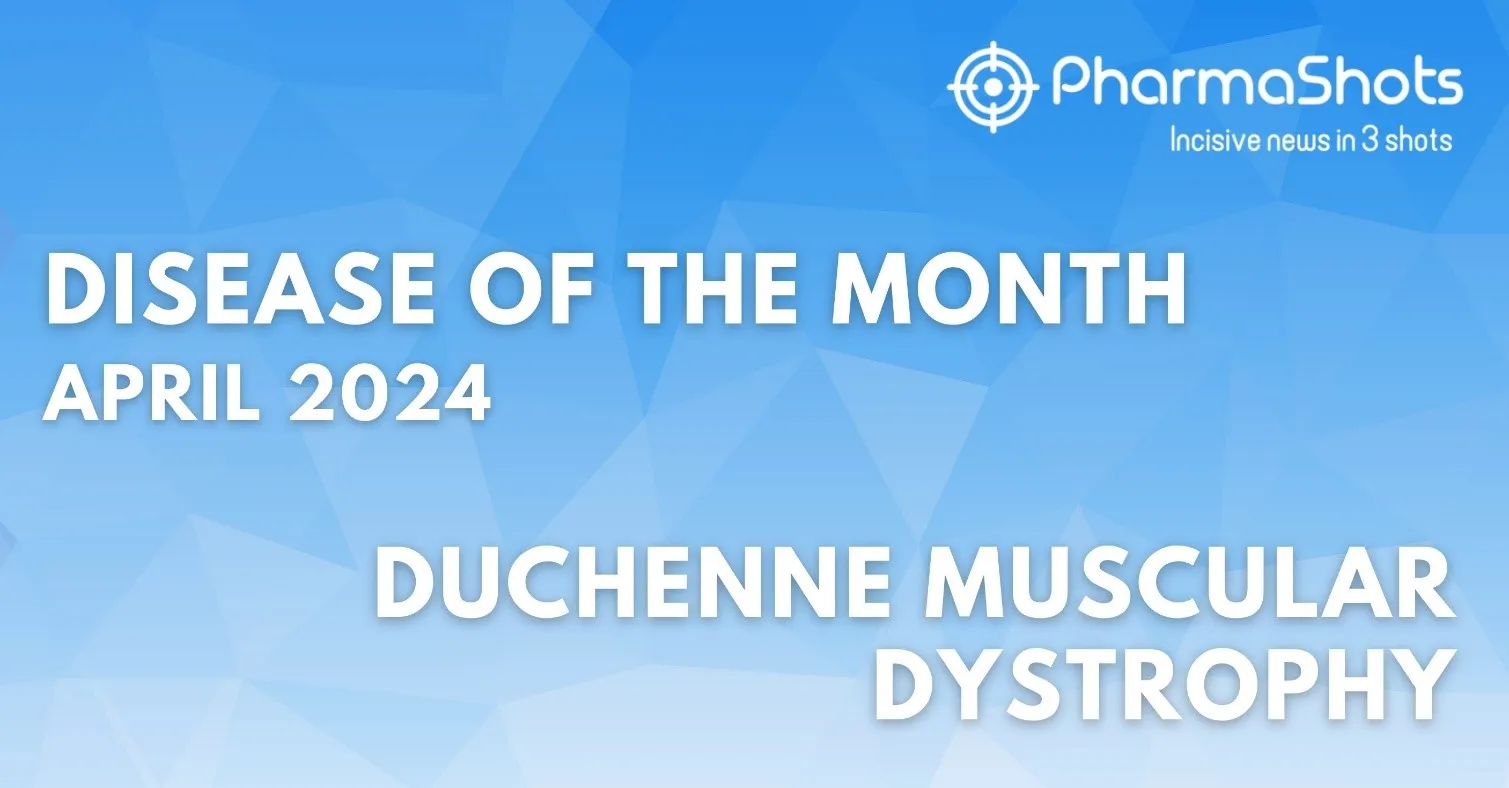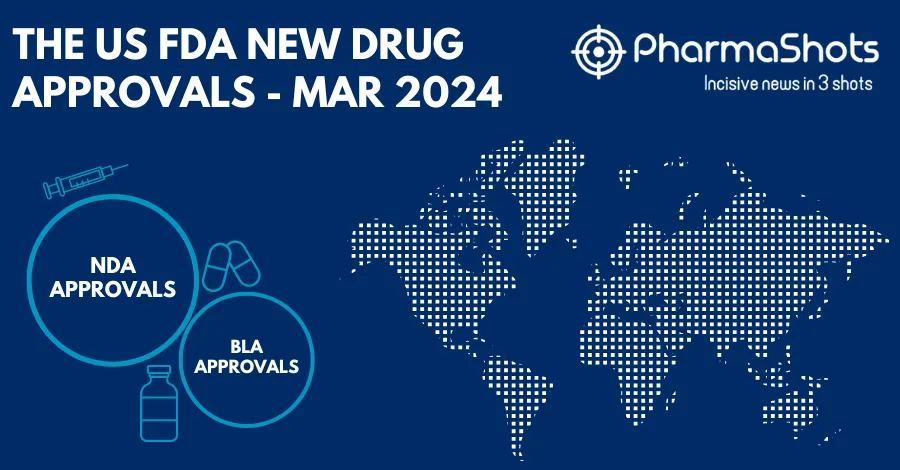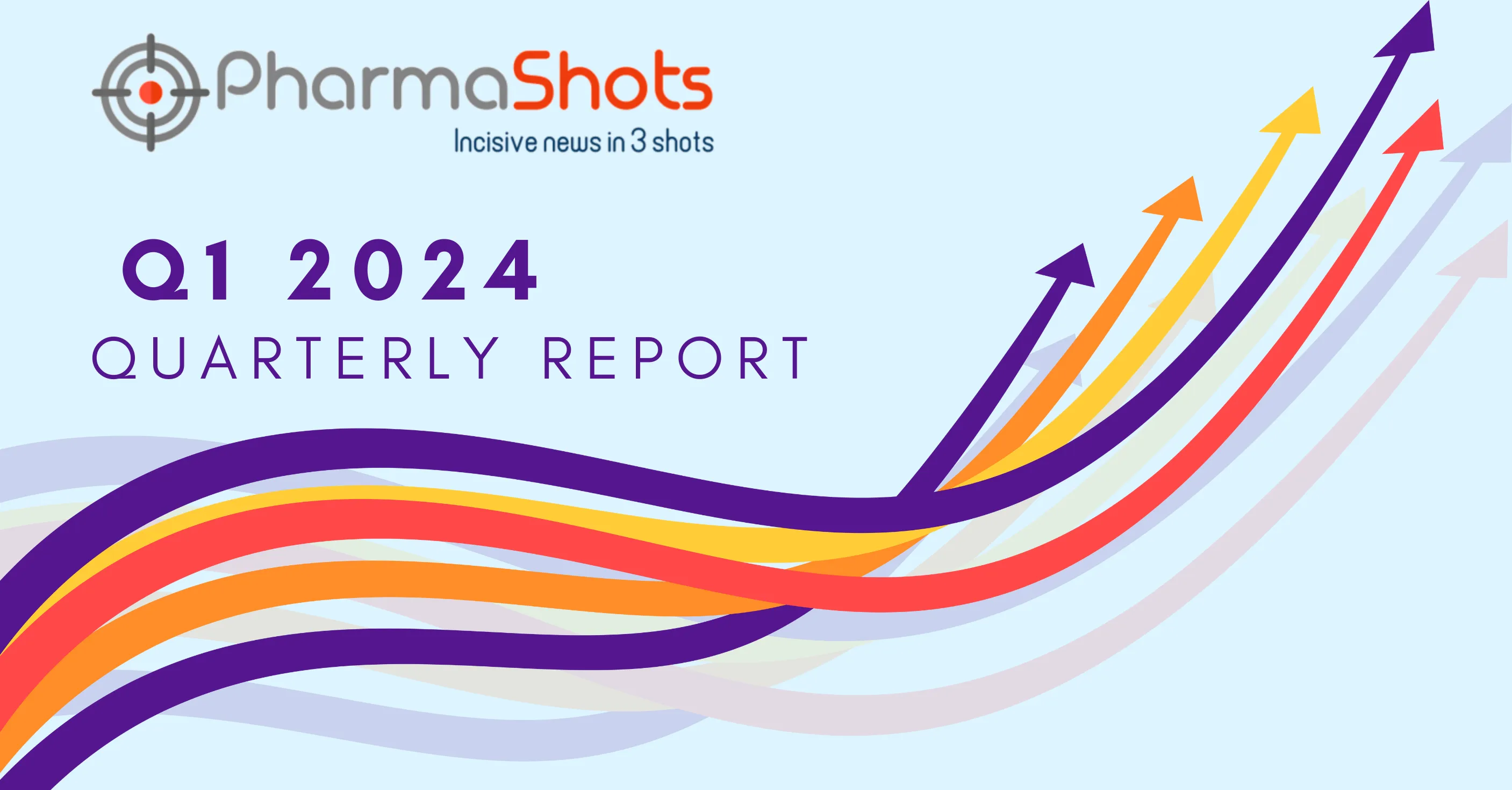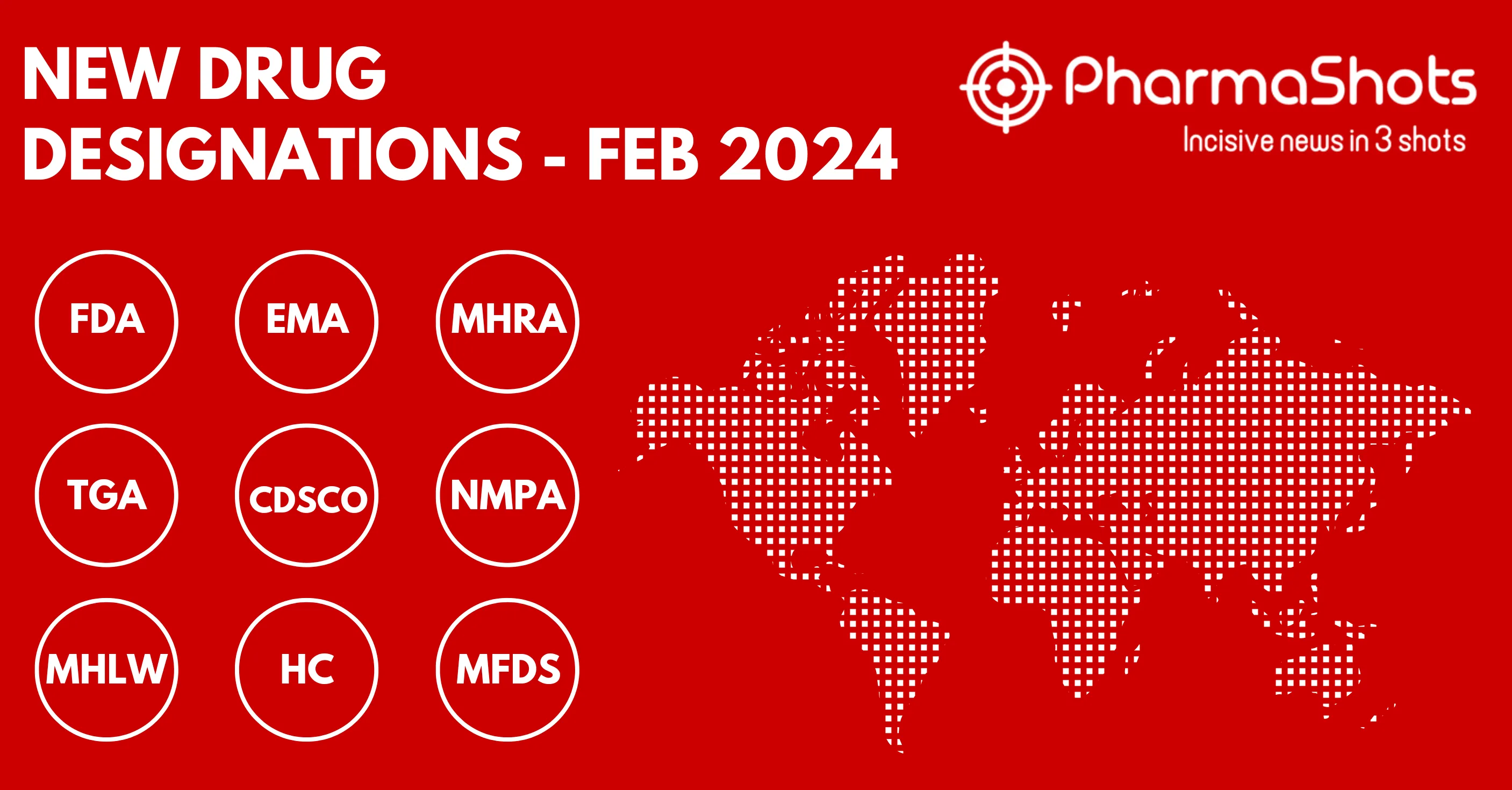
Disease of the Month- Juvenile Arthritis
Shots:
-
To keep our readers acquainted with several disease conditions, ongoing trials, and available treatment options, PharmaShots brings every month a detailed take on a particular disease after thorough research
-
Continuing the series for the disease of the month, PharmaShots brings this month a summary of Juvenile arthritis, an autoimmune inflammatory disease
-
July is observed as Juvenile Arthritis Awareness Month, a disease that affects people in every country around the globe
Introduction:[1]
Juvenile arthritis or childhood arthritis is an autoimmune disease that causes inflammation in the tissues’ joints (one joint or many) and other parts of the body and triggers an attack on its cells and tissues by its immune system
It mainly affects children aged ≤16. Sometimes it can cause serious complications, such as growth problems, joint damage, and eye inflammation. Treatment focuses on controlling pain and inflammation, improving function, and preventing damage
The most common type of childhood arthritis is juvenile idiopathic arthritis (JIA), also known as juvenile rheumatoid arthritis.
Types of Juvenile Arthritis:
The 5 most common types of juvenile arthritis are:
Systemic arthritis (Still's Disease): It can affect the entire body or involve many systems of the body
Oligoarthritis (Pauciarticular Juvenile Rheumatoid Arthritis): Initially, it affects less than five joints in the first six months and includes the joint of knee, ankle, and wrist
Polyarthritis: (Polyarticular Juvenile Idiopathic Arthritis/pJIA): Initially, it affects five or more joints, including the joints of the jaw, neck, hands, and feet. This type is also more common in girls than in boys and more closely resembles the adult form
Psoriatic Arthritis: It affects children with arthritis and the skin disorder psoriasis. The child might get psoriasis or arthritis years before developing another part of the disease
Enthesitis-related Arthritis: It is a type of arthritis that often affects the spine, hips, eyes, and entheses (where tendons attach to bones). This type of arthritis occurs mainly in boys older than 8 yrs. There is often a family history of arthritis of the back (called ankylosing spondylitis) among the child's male relatives
Symptoms:[2]
Patients with juvenile arthritis usually have no symptoms. Symptoms may also vary depending on the type of arthritis
-
Joint stiffness
-
Pain, swelling, and tenderness in the joints
-
Limping
-
Rash
-
Los of appetite
-
Weight loss
-
Fatigue
-
Irritability
-
Inflammation in eyes
-
Blurred vision
Diagnosis [3]
-
Complete blood count (white cells, red cells, and platelets)
-
Erythrocyte sedimentation rate (to see how quickly the RBC fall to the bottom of a test tube)
-
Urine test
-
X-rays (to inspect the damage to bones)
-
Imaging tests, such as magnetic resonance imaging (MRI) scans
-
Blood culture to check for bacteria, which could indicate an infection in the bloodstream
-
Tests for Lyme disease
-
Bone marrow exam (to check for leukemia)
-
Test for rheumatoid factor
-
Antinuclear antibody test to show evidence of autoimmunity
-
Bone scan to detect changes in bones and joints (This test may be ordered if the symptoms include unexplained pain in the joints and bone)
-
Joint fluid sampling and synovial tissue sampling, which might be performed by an orthopedic surgeon
Epidemiology:[4]
According to the National Institute of Health, ~3M children and young adults are estimated to suffer from JIA globally. The global prevalence of JIA is estimated to range from 3.8 - 400/100,000 with an incidence of 1.6 to 23/100,000
According to one community-based survey of school children in Western Australia, it was reported that the prevalence of JA is 400 per 100,000
Market Size: [5]
The US is the most profitable market for juvenile idiopathic arthritis diagnosis due to its advanced healthcare and pharmaceutical industry
The juvenile idiopathic arthritis diagnosis market is expected to grow in the upcoming days due to the high demand for effective medications. The market demand was expected to be valued at US$ 5,810.5M in 2022 and predicted to grow US$ 8,6000M till 2032 at a CAGR of 4%
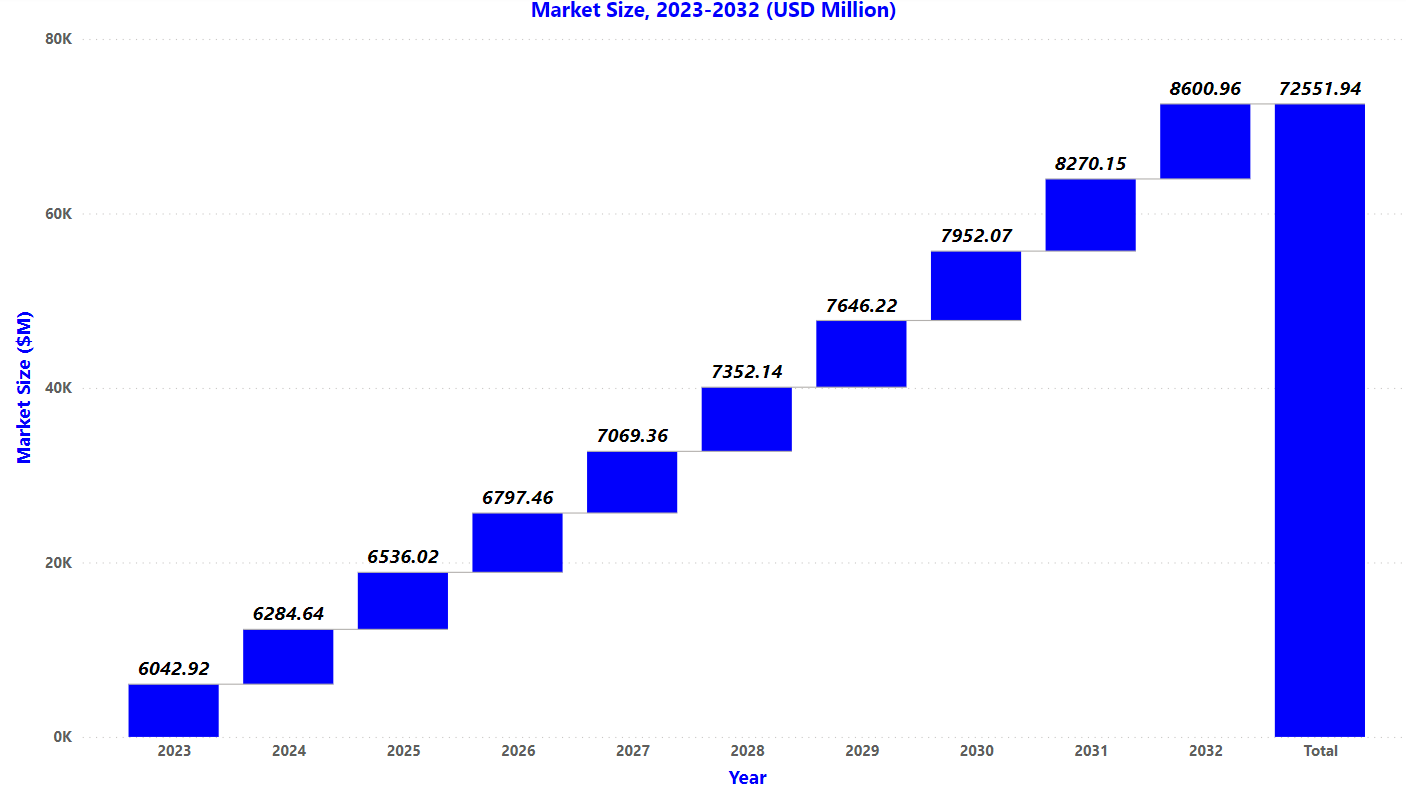
Treatment: [6]
Although there is no cure, patients with arthritis achieve permanent remission. Any physical damage to the joint will remain. The following type of drugs may be used for juvenile arthritis:
-
Nonsteroidal anti-inflammatory drugs (NSAIDs): Ibuprofen and Naproxen are the NSAIDS that are available over the counter that can be used to treat pain and swelling
-
Corticosteroids: Steroids are given as an injection into the affected joint to treat pain and swelling
-
Antimetabolites: This therapy aims to reduce further joint damage and preserve joint function. The new drug Xatmep (oral form of methotrexate) can be used to treat polyarticular juvenile idiopathic arthritis in pediatric patients
-
Slow-acting anti-rheumatic drugs (SAARDs): The doctor may prescribe SAARDs drugs in this category in combination with NSAIDs including Rheumatrex, hydroxychloroquine (Plaquenil), sulfasalazine (Azulfidine), and etanercept (Enbrel) and etanercept-szzs (Erelzi) are used to treat juvenile arthritis. Orencia is a biologic medicine used to treat arthritis incl. rheumatoid, active psoriatic, and juvenile arthritis
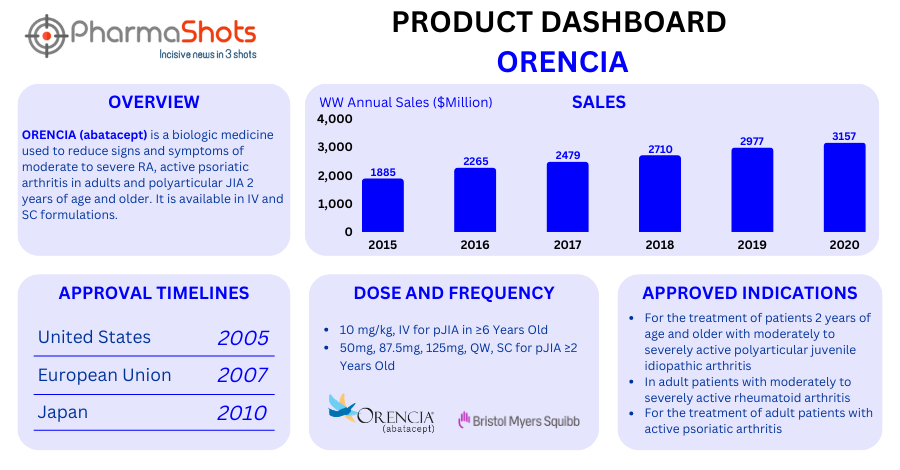
Key Player in the Market:
Some of the key players in the market are depicted in the table:
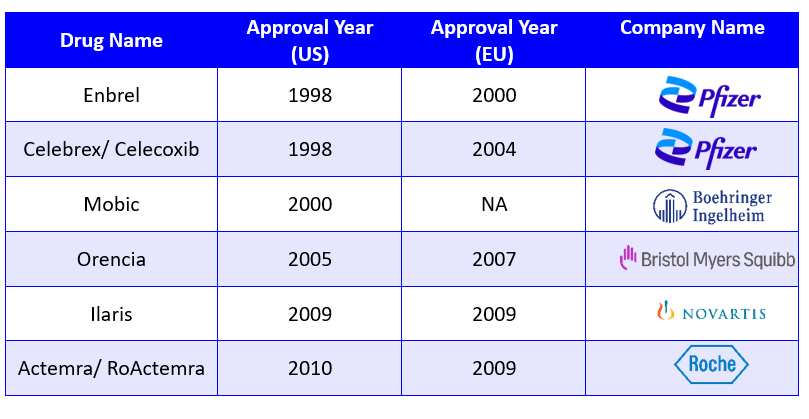
Clinical Trial Analysis: [7]
As of Jun 27, 2023, about 137 interventional clinical trials are registered worldwide for scleroderma. Some of the key molecules involved in the trials are Certolizumab Pegol (UCB Biosciences), Golimumab (Janssen), Meloxicam Suspension (Boehringer Ingelheim), CP-690,550 (Pfizer). Various biosimilars are also in development for the treatment of juvenile arthritis
Based on geographical distribution, the interventional clinical trials are classified in the below-mentioned graph in two groups based on their status i.e., active (recruiting, active, not recruiting, not yet recruiting and enrolling by invitation, suspended) and inactive (withdrawn, terminated and trials with unknown status). The interpretation shows maximum active trials being conducted in Spain and Italy while minimum trials were reported in Brazil and France (as represented in the graph)
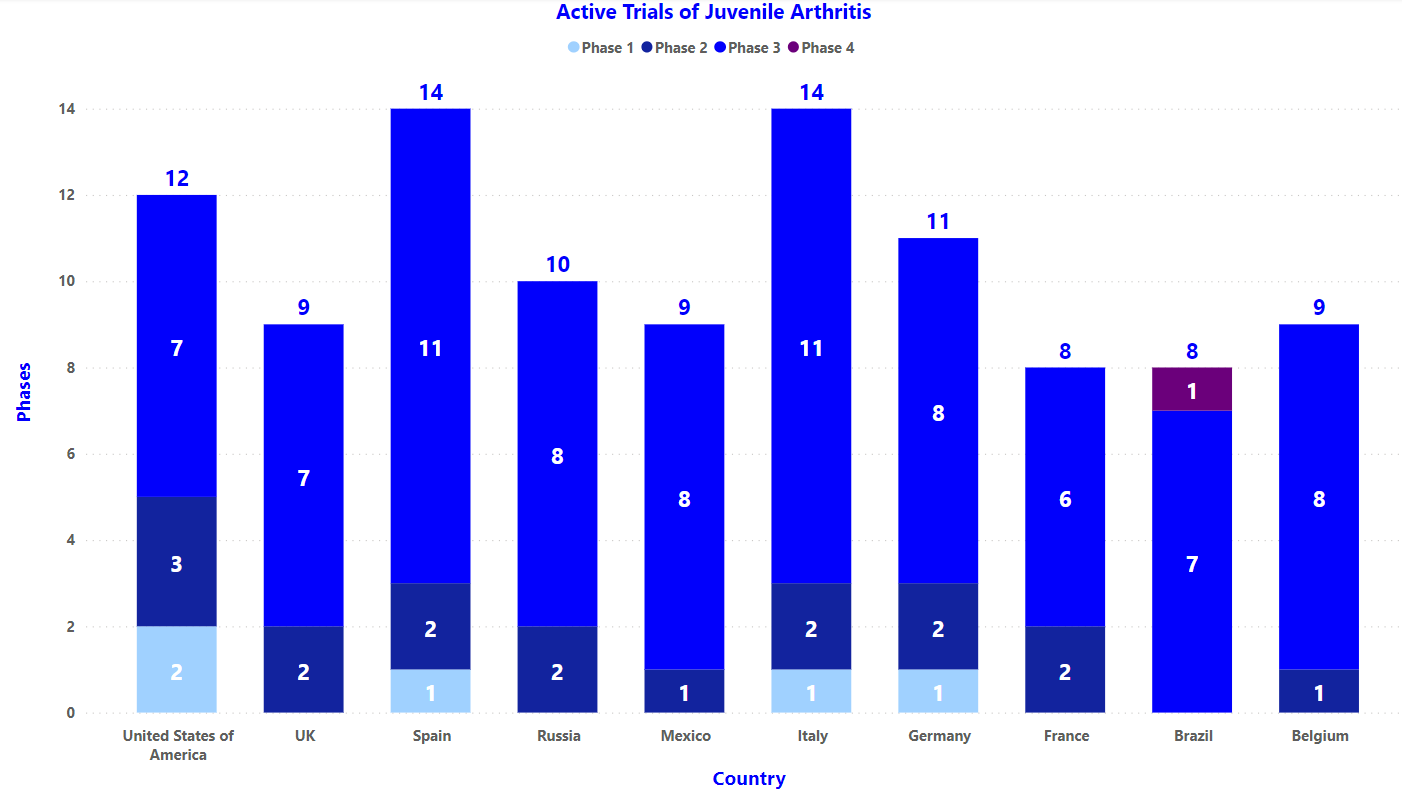
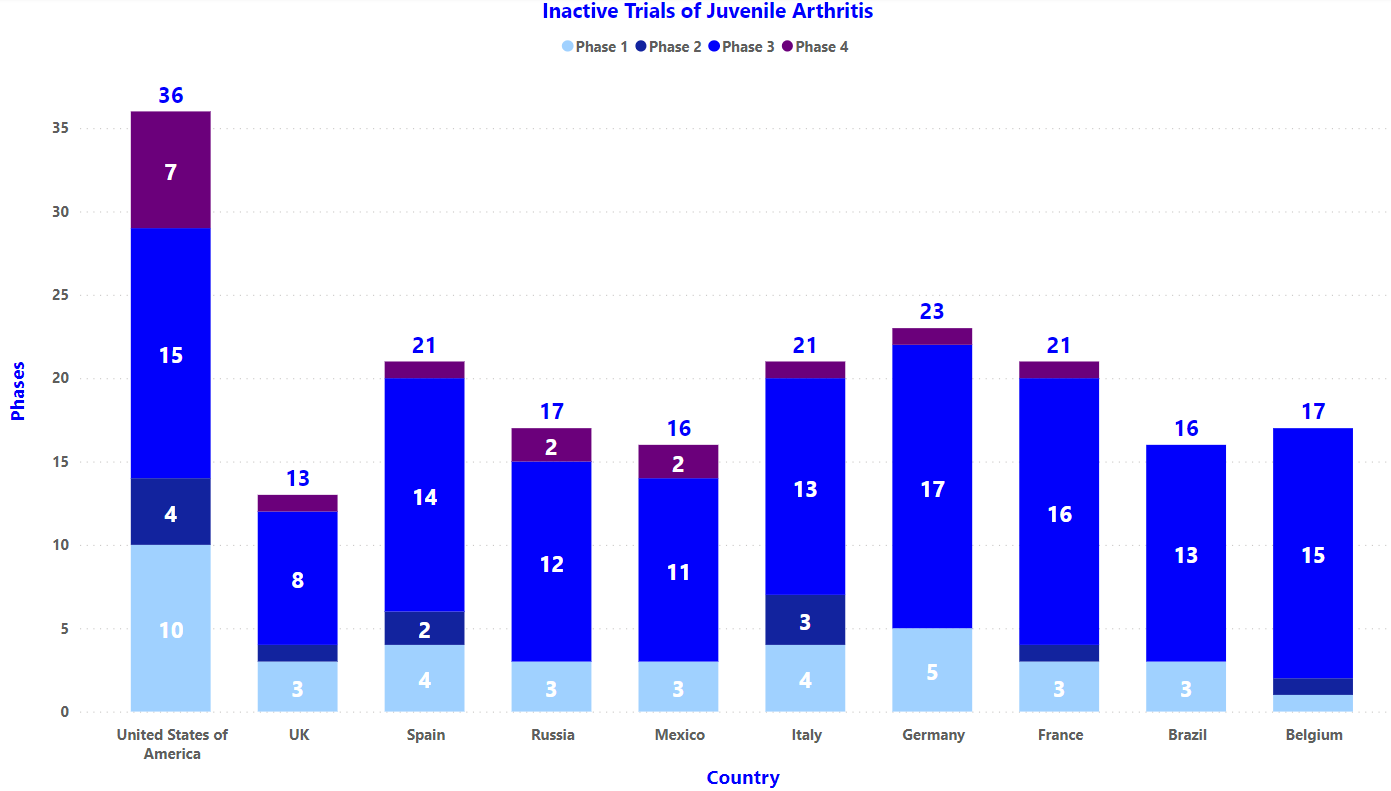
Patient Advocacy Groups (PAGs) for Juvenile Arthritis: [8,9,10]
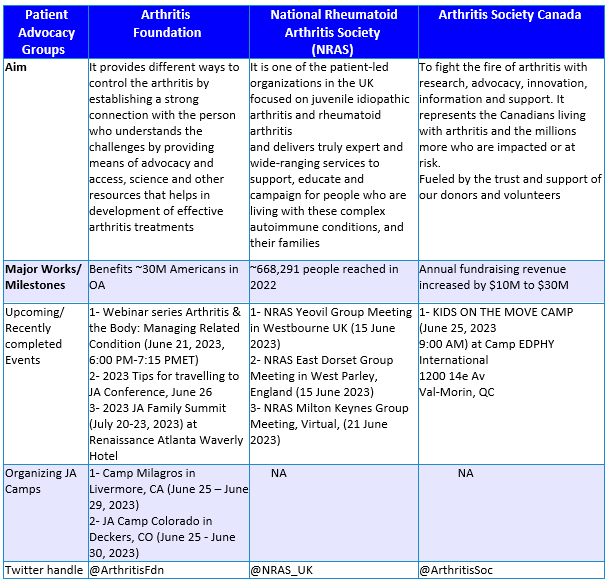
References:
Tags

Akanksha was a content writer at PharmaShots. She is interested in covering recent innovations from pharma & medtech industry. She covers news related to Product approvals, clinical trial results, and updates. She is passionate, meticulous, diligent, and inquisitive. She can be contacted at connect@pharmashots.com.





